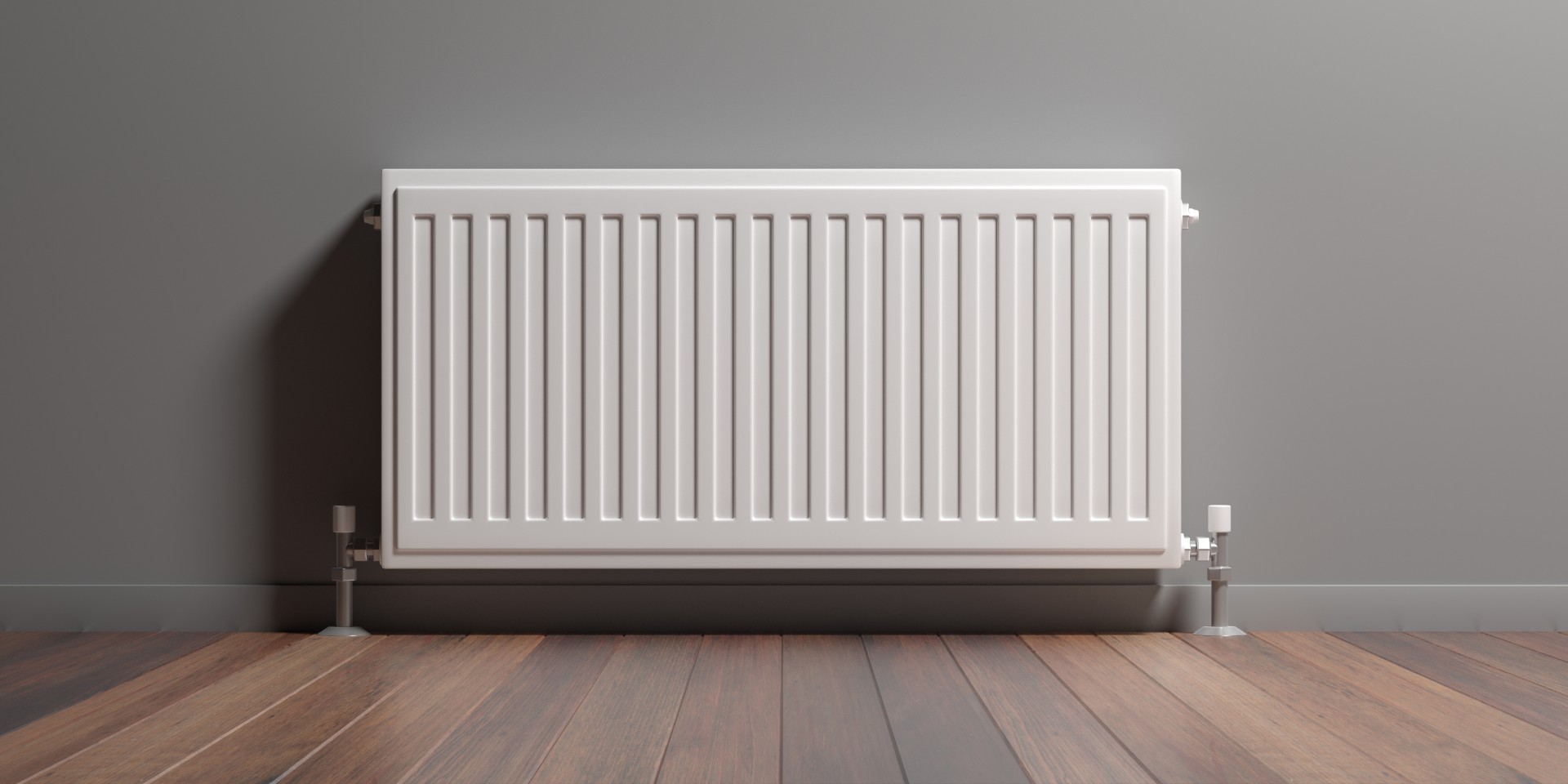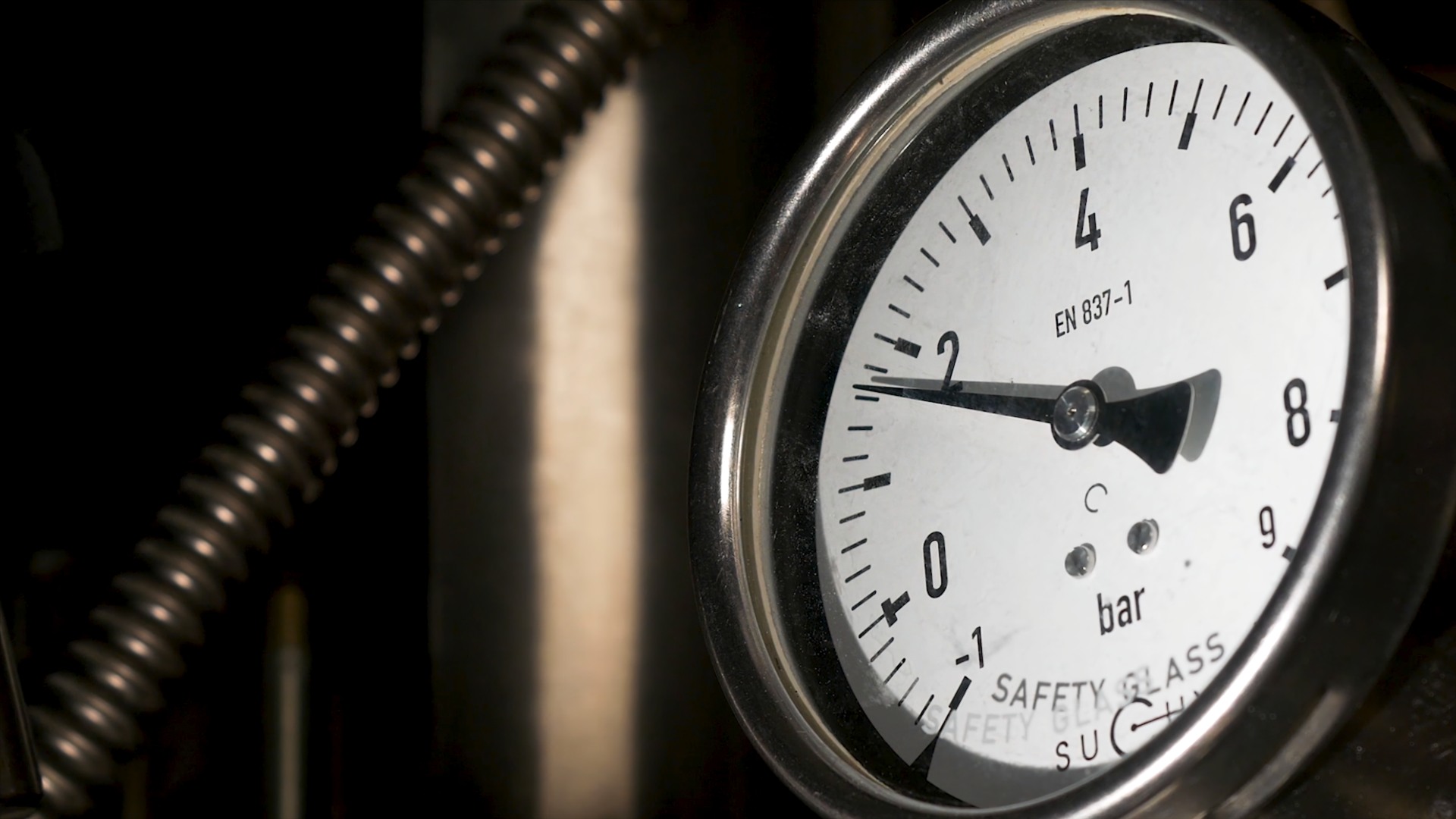Table of Contents
Draining your central heating system is an essential maintenance task that ensures the longevity and efficiency of your heating setup. Whether you are addressing specific issues or performing routine upkeep, knowing how to properly drain your system is invaluable. This guide will walk you through the process, from understanding why draining might be necessary to executing the steps safely and efficiently.
Why Do You Need to Drain Your Central Heating System?
When to Consider Draining Your System
There are several scenarios where you might need to drain your central heating system. One common reason is during the replacement of a radiator or the installation of a new component within the system. Additionally, if you are planning to carry out extensive repairs or servicing, draining the system is often required. For those with a combi boiler, draining might be necessary to address specific faults or to carry out upgrades. Furthermore, if you notice any inefficiencies in your heating, such as certain radiators not heating up properly, it might indicate the need to drain your system.
Benefits of Draining a Central Heating System
Draining a central heating system can provide several benefits. Primarily, it helps remove sludge, debris, and air trapped within the system, which can impair its efficiency. By eliminating these obstructions, you ensure that hot water circulates freely, leading to more evenly heated radiators and reduced energy consumption. Additionally, regular draining can prevent corrosion and prolong the lifespan of the system’s components. It also provides an opportunity to add a chemical inhibitor, which helps to protect against future build-up and enhances the system’s performance.
Common Issues Requiring a Drain
Several issues can necessitate the draining of your central heating system. A common problem is the presence of cold spots on radiators, often caused by trapped air or sludge build-up. Additionally, unusual noises coming from the boiler or radiators, such as banging or gurgling, can indicate that air or debris is circulating within the system. Leaks from any part of the system, especially around radiator valves, can also require a complete drain to facilitate repairs. Lastly, if your system is not providing adequate heating or hot water, draining it might be a necessary step in troubleshooting these issues.
How to Prepare for Draining a Central Heating System
Gathering Necessary Tools and Equipment
Before you begin draining your central heating system, it is crucial to gather all necessary tools and equipment. You will need a hosepipe to connect to the drain valve, ensuring that water is directed safely away from your home. A jubilee clip can be used to secure the hose to the valve, preventing leaks. Additionally, have a bucket on hand to catch any residual water. Ensure you have the correct type of inhibitor ready to add once the system is drained and refilled. It is also wise to have a wrench or spanner available for adjusting radiator valves or any other fixtures.
Locating the Drain Valve and Radiator
Understanding the layout of your central heating system is essential before starting the draining process. Identify the location of your drain valve; it is usually situated at the lowest point of the system. This valve is crucial for releasing the water from the entire setup. Additionally, familiarise yourself with the location of all radiators, as you may need to open the bleed valve on each one to ensure complete draining. Knowing the positions of these components will help speed up the process and ensure that no step is overlooked.
Understanding Your Type of System
Different types of central heating systems require different approaches when draining. For those with a pressurised system, it is vital to understand how to safely release the pressure before commencing the drain. With a combi boiler, additional steps must be taken to ensure that the water supply is completely shut off to prevent water from entering the system during the drain. Familiarise yourself with the specific requirements of your system type to avoid common mistakes and ensure a smooth draining process.
Step-by-Step Guide to Draining a Central Heating System
Turning Off the Boiler and Water Supply
The first step in draining your central heating system is to switch off the system entirely. Turn off the boiler to prevent any heat from being generated, which could complicate the draining process. Next, locate and close the stop tap to cut off the water supply. This ensures that no new water can enter the system while you are draining it, allowing you to work safely and effectively.
Opening the Drain Valve and Bleed Valve
With the boiler and water supply turned off, the next step is to open the drain valve. Attach your hosepipe securely to the drain valve using a jubilee clip, directing the other end to a suitable drainage area. Once secured, slowly open the drain valve, allowing water to start draining from the system. To facilitate a more efficient drain, open the bleed valve on each radiator. This allows air to enter, helping the water to flow out more smoothly.
Using a Hosepipe for Efficient Draining
A hosepipe is an invaluable tool when draining your central heating system. By attaching it to the drain-off valve, you can direct water safely away from your home, minimizing the risk of spills or water damage. Ensure the hosepipe is long enough to reach an appropriate drainage point. Monitor the flow of water through the hosepipe, ensuring there are no blockages or kinks that could slow down the process. This step is essential for an efficient and thorough drain of your system.
Refilling the Central Heating System After Draining
Checking for Leaks and Closing Valves
After the system has been fully drained, it is crucial to inspect for any leaks. Check around the drain valve, radiator valves, and any other joints for signs of water leakage. Once satisfied that there are no leaks, close all valves securely. This includes the drain valve and all bleed valves on the radiators. Ensuring these are closed prevents air from re-entering the system during the refill.
Refilling the System with Water and Inhibitor
With all valves closed, it is time to refill the system. Open the stop tap to allow water to re-enter the system. As the system fills, add the appropriate amount of chemical inhibitor. This step is essential to prevent future sludge build-up and corrosion. Monitor the pressure gauge on the boiler, ensuring it reaches the correct level for a pressurised system. Bleed the radiators once more to release any trapped air, ensuring the system fills completely.
Running the System to Ensure Proper Functionality
Once refilled, switch the boiler back on and run the central heating system. Check each radiator to ensure they are heating evenly, indicating that water is circulating properly. Listen for any unusual noises that might suggest trapped air or an incomplete refill. By running the system, you confirm that it is functioning correctly and that the draining and refilling process has been successful.
Tips and Precautions for Draining Your Central Heating System
Avoiding Common Mistakes
To avoid common mistakes when draining your central heating system, ensure you fully understand the process and have all tools on hand before starting. Always secure the hosepipe with a jubilee clip to prevent leaks, and remember to close all valves after draining. Additionally, pay attention to the specific needs of your type of system, particularly if you have a pressurised heating system.
Ensuring Safety Throughout the Process
Safety should be your top priority when draining your central heating system. Ensure that the boiler is completely off before starting any work, and be cautious when opening valves, as water can be hot. Wear protective gloves and eyewear to prevent injury. Additionally, make sure the area is well-ventilated, especially if you are using chemical inhibitors.
Maintaining Your System Post-Drain
Post-drain maintenance is essential for keeping your central heating system running smoothly. Regularly check for any signs of leaks or inefficiencies, and bleed radiators as needed to prevent air build-up. Schedule routine inspections and services to catch potential issues early. By maintaining your system, you ensure it operates efficiently and has a longer lifespan.



